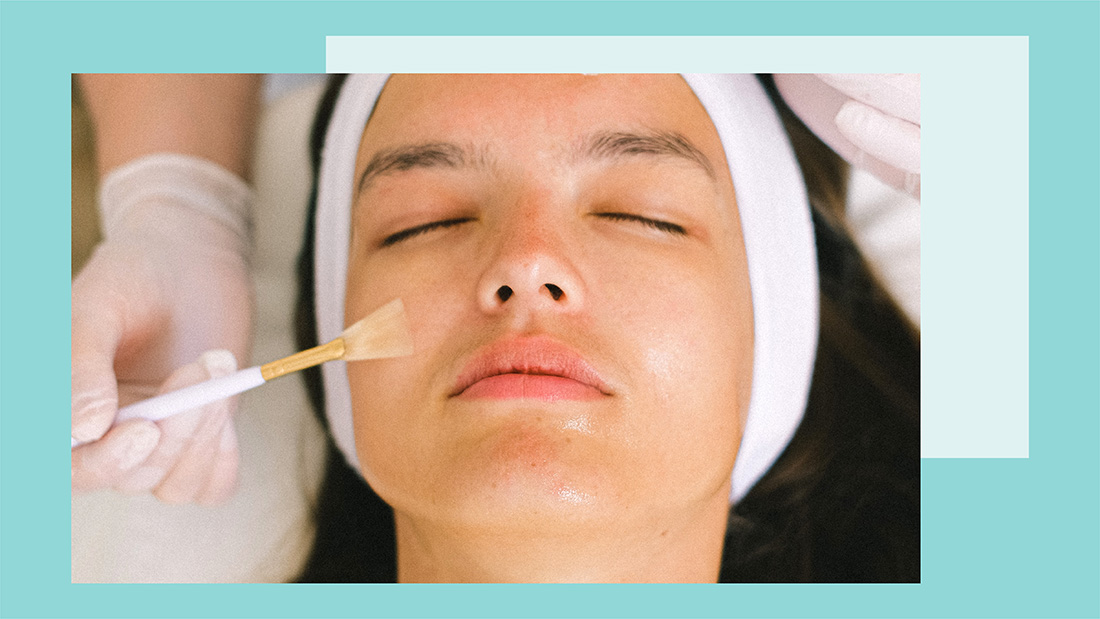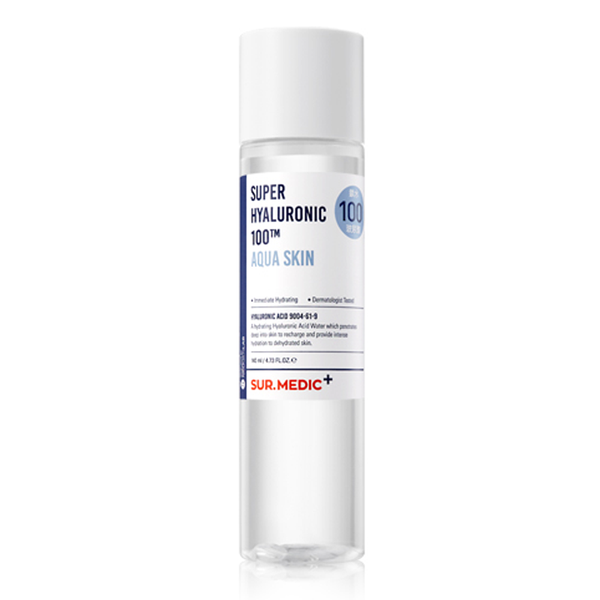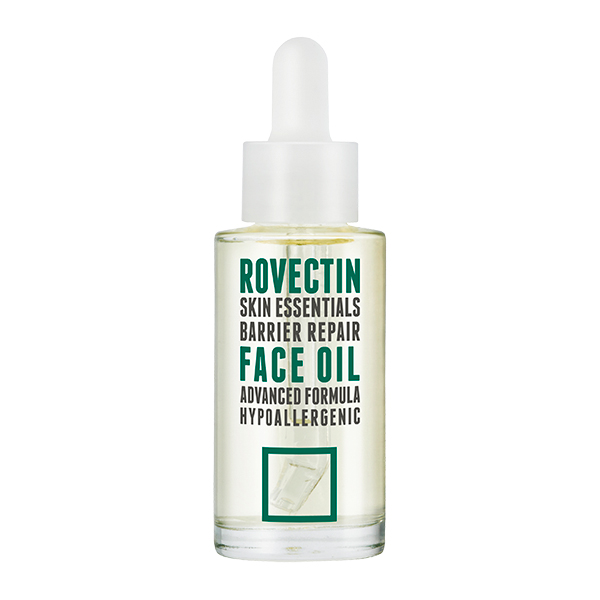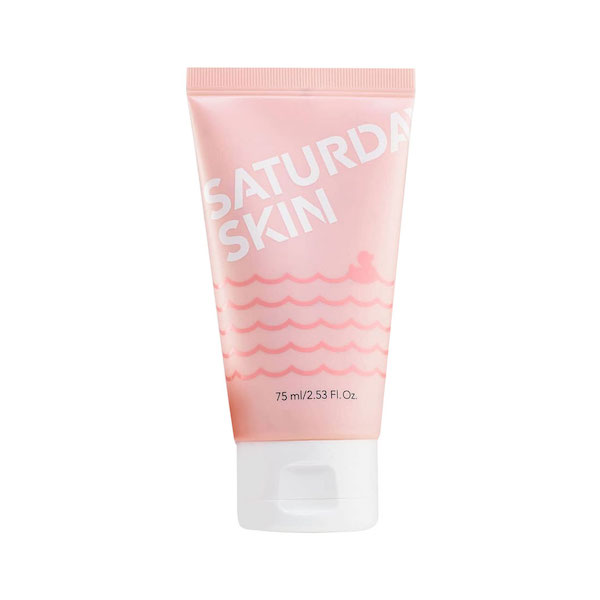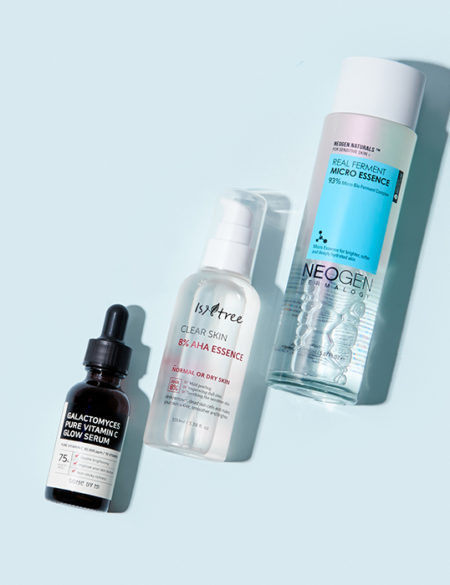The details of chemical peel after care can seem like a lot, but it’s important to take care of your skin the right way after you have received such an intense treatment. Read on for the best skin healing treatment plan.
Whether you’ve recently walked out of the salon after getting a professional grade chemical peel, or you’re contemplating heading into the salon to receive one, it’s important to know how to take care of your skin in the hours, days, and weeks that follow. Because nobody knows better than a dermatologist or esthetician, we went straight to them for advice on this topic. All three shared the precautions and steps you should to take to prevent any mishaps, and to ensure you get the most out of your (probably pricey) chemical peel.
Everything You Need to Know About Chemical Peels
Before we talk about post-care, let’s first address the basics of a chemical peel, and how a professional one differs from at-home treatments.
“A chemical peel uses a chemical solution comprised of acids—such as AHAs (alpha hydroxy acid), BHAs (beta hydroxy acid), and TCA (trichloroacetic acid)—to improve the texture and tone of your skin by removing the damaged outer layers,” says Anita Sun, a medical aesthetician. She adds, “Chemical peels can help turn over dead skin cells and reveal smoother, ‘new’ skin to help diminish the appearance of aging, minimize imperfections such as acne scars, uneven skin tone, blemishes, pigmentation, and reverse dull looking skin and sun damage.”
Sun explains that there are varying levels of intensity for peels. Essentially, though, the lower the pH, the higher the acidity and the stronger and deeper the peel. While you can purchase mild peels for at-home use—such as Neogen’s Bio-Peel Gauze Peeling Wine or Saturday Skin’s Rub-A-Dub Refining Peel Gel —professionals are able to use stronger peels that penetrate more layers of skin.
When choosing a chemical peel, it’s best to consider your specific skin concern, notes celebrity esthetician Ildi Pekar.
“Acne peels resurface the skin by dissolving dead skin and minimizing breakouts to prepare the skin for the extraction process, pigmentation peels focus on lightening the cell damage in the skin to create an even skin tone, texture peels can help resurface build-up, congested pores, milia, and any breakouts that cause surface issues, [and] tightening peels help to plump and firm fine lines and wrinkles leaving you tighter and brighter,” she says.
How often you get a chemical peel done ultimately depends on your age and your skin care concerns and goals. As a general rule of thumb, about three to four times a year is ideal when you’re in your 20s and 30s, six to eight times when you’re in your 40s and 50s, and monthly or bi-monthly if you’re in your 60s or older.
RELATED: How Chemical Peels Work and How They Can Benefit Your Skin
Chemical Peel After Care 101
Now that you know what a chemical peel is, how to choose one, and how frequently you should go, let’s discuss how to nurture and protect your skin after receiving one.
“Definitely use hydrating, post-procedural skincare products—preferably water-based—that are formulated specifically for repairing the skin after an aggressive skincare treatment that doesn’t contain alcohol or active medicated ingredients, including acids,” says Sun.
We recommend the Super Hyaluronic 100TM Aqua Skin toner from SUR.MEDIC+ because of its deeply moisturizing and skin-strengthening formulation. It’s made with multiple hyaluronic acid molecules to hydrate and soothe the skin, as well as the probiotic Lactobacillus, that helps improve dryness and overall skin health. For moisturizer, we suggest Missha’s Super Aqua Ultra Water-Full Clear Cream, a water-based cream that locks in moisture for 24 hours, and Rovectin’s Skin Essentials Barrier Repair Face Oil, a clean formula with non-comedogenic ingredients like neroli oil, vitamin E, and squalane to nourish skin.
Perhaps the most important thing you can do after a chemical peel is actively avoid the sun. We’re talking full-on sun hat and sunglasses status and, of course, religiously applied SPF.
The Suntique I’m Safe For Sensitive Skin sunscreen is a great option because in addition to the physical blocker titanium dioxide, it also includes calming centella asiatica and aloe leaf extract.
“It’s very important to use sun protection post chemical peel until peeling process is completed,” says Sun. “Also, stay away from heat, including the sun, sauna, hot shower, Jacuzzi, and hair dryer—and excessive exercise (heavy sweat sessions) for at least two days following a chemical peel.”
During the first week, it’s also important to avoid physical exfoliation in an attempt to “speed up” the peeling. Instead, use the moisturizers we recommended above to soften the skin and help move along the process.
Can I wear makeup?
You probably won’t want to wear much foundation because it can highlight peeling and flaking. Instead, opt for a moisture-rich BB cream or tinted moisturizer.
What if I got a TCA or retinol chemical peel?
If you’ve received a TCA or very intense peel, some extra precautions should be taken.
“For TCA and retinol peels, clients should not wash their face for six to eight hours—or longer depending on manufacturer’s recommendation—and should avoid sweating and extreme temperature exposure for 24 hours,” says celebrity esthetician Biba de Sousa. “Skin will start to peel between three to five days. It will start to tighten and ‘crack,’ usually first around the mouth, then shedding will spread across the entire area where the peel solution was applied. It is crucial not to pick the shards of skin or exfoliate for those first days, and skin that is dangling could be cut with little scissors.”
She reiterates that a hydrating toner, sunscreen and a good moisturizer are a must during the days following an aggressive peel.
When can things go back to normal?
Once the skin is fully back to normal—which takes about a week—you can resume usage of active products, such as a moisturizer with built-in AHA. Weekly usage of a mild chemical exfoliant, along with consistent moisturizing and SPF, will help prolong the effects of your professional peel and keep your skin glowing and beautiful.


